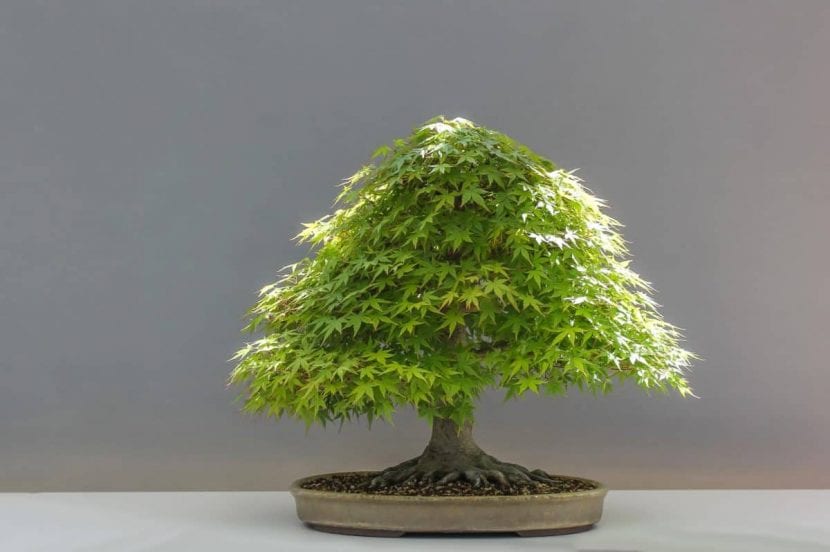
Akadama, a very porous substrate that facilitates rapid water drainage.
On the planet we live on, we find a great variety of soils, depending on their composition; of all of them, the ones with the best aeration are the sandy ones, but ... What is the texture of the sand? What plants live well there?
Knowing its characteristics will undoubtedly be very useful to know everything you have to do to make the most of it.
What types of sand are there?
Although when we talk about sand it is often inevitable to imagine ourselves on the beach, in reality there are many other types:
- Natural: they are the remains of the rocks that are disintegrated by the force of the water. Example: river sand.
- Of mine: are those found inside the earth. They form angular layers of blue, gray and pink.
- Beach: they are those that contain a large amount of salt and, also, organic remains.
- Volcanic: are those that are near volcanoes. The closer, its color will be darker. Examples: akadama, pumice, kanuma, etc.
In addition, depending on their composition, we have quartz (which contain a large amount of quartz), siliceous (silicates or feldspars) and calcareous (limestone). And we could still classify them in another way: according to their size. We have the thick ones of 5mm, the middle ones of 2mm and the thin ones of 0,5mm.
What are their characteristics?
Regardless of their composition, broadly speaking they all share the same characteristics. And is that all of them they are very poor in nutrients for they hardly retain them; in addition lose moisture very quickly.
But beware, they also have their positive parts: they allow the roots to be well aerated, and with them, waterlogging is avoided.
What plants can it be useful for?

For many, but especially for those that in their places of origin grow themselves in sandy soils, such as succulents (cactus and succulents). But it will also serve us when we grow certain shrubs or trees in areas where the climate is somewhat warm for them, such as cultivating japanese maples in the Mediterranean, or bonsai.
I hope it has been of interest to you 🙂.